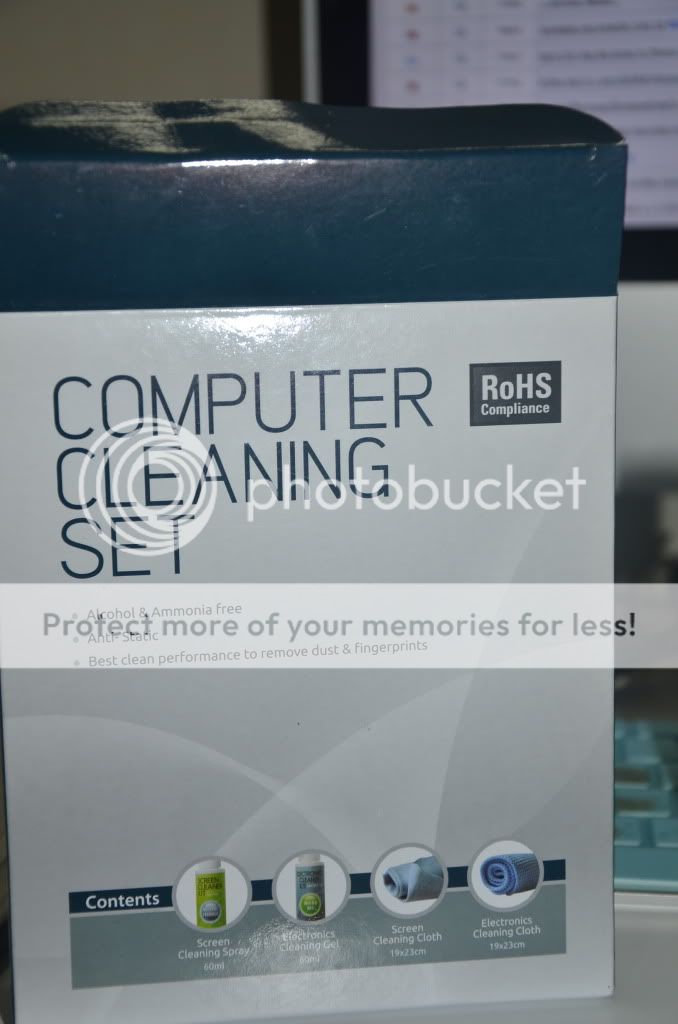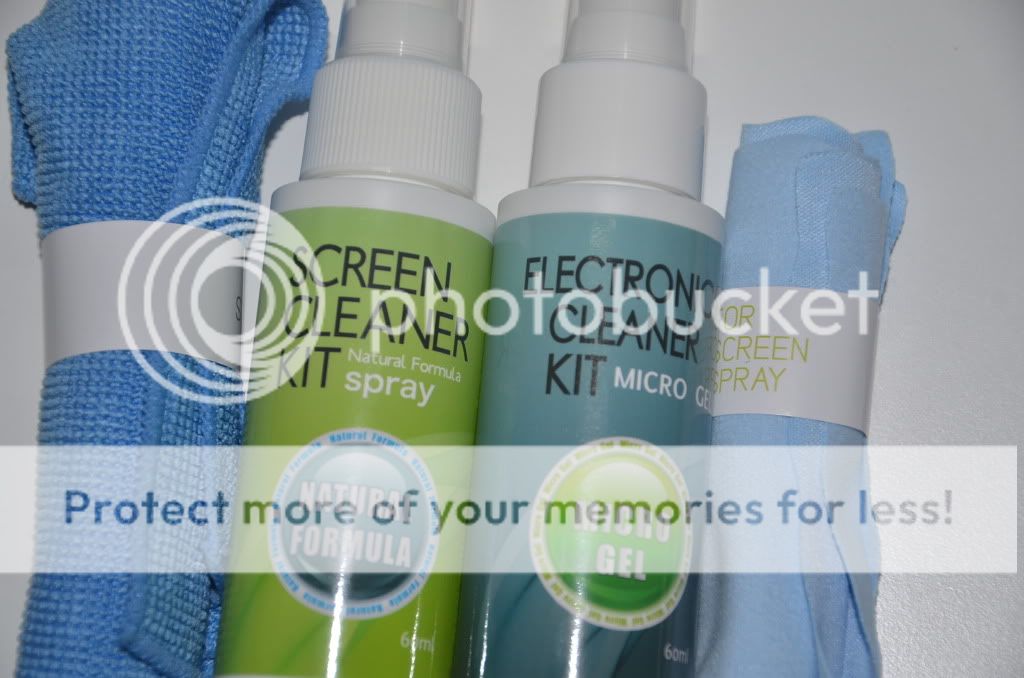I cannot think of any other reason. I applied the spray under and over the charge ring that covers the whole perimeter. HV lead is soldered to the ring. Charge ring's glue is also conductive.
The antistatic spray + car wax failed terribly, the sensitivity decreased 5dB more.
I quess I have to order licron.
By the way does mylar handle solvents well if I'm gonna clean the membrane from the antistatic spray and car wax with paint thinner? I have tried it on sample piece and have not seen any detrimental effect.
i cleaned mine again with alcohol (only antistatic spray) , worked for me. best is ofcourse to have new mylar, but you could give it a try. it wont hurt you as much as stretching again.
i never seen a solvend yet to destroy mylar , its out there for sure. i wont recomend thinner or something like that
Last edited:
I have also drawn that conclusion, faster blinking has always translated to better sensitivity. Also the initial charge, when you power up the esl, is always faster set of very fast blinks with good coating. Wih bad coating the lamp does not blink nearly as fasty at the start, and panel builds up the charge guite long (spl goes up slowly), and never gets there where it should.
Actually the reason could be something else than the coating . After cleaning the membrane and double coating with antistatic spray the sensitivity rised only back what it was before(but the neon lamp returned blinking once per second).
. After cleaning the membrane and double coating with antistatic spray the sensitivity rised only back what it was before(but the neon lamp returned blinking once per second).
Could the reason be in the contact to the membrane? The copper foil with conductive glue is some chinese off from ebay. I have measured it's glue's resistance to be low, but maybe it does not withstand the potential differences? Or has the membrane developed a negative charge on the uncoated backside ?
?
Could the reason be in the contact to the membrane? The copper foil with conductive glue is some chinese off from ebay. I have measured it's glue's resistance to be low, but maybe it does not withstand the potential differences? Or has the membrane developed a negative charge on the uncoated backside
easy way to make this connection is wit the copper tape make a ring on the stator without mylar , when 2 stators are bolted together you got your connection. and its on all sides of the membrane as well, no glue needed. also you can solder on the copper so you can let the copper tape get out between the stator, and solder from there.
less components less change on faulty stuff
less components less change on faulty stuff
Hi,
if You have a working coating a slow blink rate is a good sign. It already follows from the working principle of the blinker, that a slow blinking rate is the goal. A blink every 30secs is a sign of good insulation, hence low leakage. Chinsettawong is fully right about the charge retaining capability here, not WrineX.
If the membrane is fully charged, the blinking rate is independant of the surface resistivity of the coating itself, but only due to leakage.
A increased blinking rate should and will only occur whilst charging or discharging the panel, and it should clearly reduce in frequency over the first 30secs.
A constant high blinking rate points towards probs with the insulation of the membrane coating, hence leakage. A invisible single sweaty fingerprint, a tiny trace of coating at the wrong position, or a unfortunate positioning of a HV-leading trace/wire could ruin low leakage easily. A constant low rate might be due to non-conduction of the coating.
jauu
Calvin
if You have a working coating a slow blink rate is a good sign. It already follows from the working principle of the blinker, that a slow blinking rate is the goal. A blink every 30secs is a sign of good insulation, hence low leakage. Chinsettawong is fully right about the charge retaining capability here, not WrineX.
If the membrane is fully charged, the blinking rate is independant of the surface resistivity of the coating itself, but only due to leakage.
A increased blinking rate should and will only occur whilst charging or discharging the panel, and it should clearly reduce in frequency over the first 30secs.
A constant high blinking rate points towards probs with the insulation of the membrane coating, hence leakage. A invisible single sweaty fingerprint, a tiny trace of coating at the wrong position, or a unfortunate positioning of a HV-leading trace/wire could ruin low leakage easily. A constant low rate might be due to non-conduction of the coating.
Since copper is prone to oxidation, the quality of contact may deteriorate faster than for a coated/sealed copper strip (membrane coating used as seal against environmental influences and oxidation). Pure copper strips indeed mean less components, but also mean a higher chance of fault....when 2 stators are bolted together you got your connection........less components less change on faulty stuff
jauu
Calvin
Last edited:
@calvin
So slow blinking workin coating means charged,
Slow blinking not working coating means , not working coating . Wich i ment to say . This means looking only at THE blinker does not. Tell you its holding charge in this manner, Could tell you THE coating sucks. Ur saying THE Same As i was 2 post back..
About the copper this Could be verry true, though i have several solosound pannels with hv of 4500 volt , from 1970's when you get them appart THE copper tape is in working order, THE mylar (arc spots) Will give up way before THE copper tape did.
Audio static used coper tape to i believe. Only à small piece
So slow blinking workin coating means charged,
Slow blinking not working coating means , not working coating . Wich i ment to say . This means looking only at THE blinker does not. Tell you its holding charge in this manner, Could tell you THE coating sucks. Ur saying THE Same As i was 2 post back..
About the copper this Could be verry true, though i have several solosound pannels with hv of 4500 volt , from 1970's when you get them appart THE copper tape is in working order, THE mylar (arc spots) Will give up way before THE copper tape did.
Audio static used coper tape to i believe. Only à small piece
I suspect that the connection to membrane is detoriated, I'll order double side conductive copper tape from 3M.
This place only seels to industial businesses : WEIDINGER - Antistatik-Überzug / 278 ml Already placed an order but got that in response.
: WEIDINGER - Antistatik-Überzug / 278 ml Already placed an order but got that in response.
This place only seels to industial businesses
I suspect that the connection to membrane is detoriated, I'll order double side conductive copper tape from 3M.
This place only seels to industial businesses: WEIDINGER - Antistatik-Überzug / 278 ml Already placed an order but got that in response.
Same story everywhere, its anoying my last bottle i got for free As a sample to
You can use a graphite charge ring as well.
http://www.diyaudio.com/forums/planars-exotics/109789-esl-diaphragm-coating-7.html#post2142822
I have been using aluminium tape and I never had a problem with my panels of 9 years old, You just scuff it up real good with some steel wool and your good.
jer
http://www.diyaudio.com/forums/planars-exotics/109789-esl-diaphragm-coating-7.html#post2142822
I have been using aluminium tape and I never had a problem with my panels of 9 years old, You just scuff it up real good with some steel wool and your good.
jer
Thanks, I found couple antistatic gels for LCD screens, might test them.
How thick and untransparent is the layer of licron crystal when applied undiluted with a sponge? I found a local source, but would have to pay ~65 dollars for one bottle. That's quite much but if the stuff is good, then it's worth it.
How thick and untransparent is the layer of licron crystal when applied undiluted with a sponge? I found a local source, but would have to pay ~65 dollars for one bottle. That's quite much but if the stuff is good, then it's worth it.
CharlieM once told that it was only a few microns thick.
I can't seem to get a reliable reading using only my micrometer.
I can with the regular formula Licron.
It is pretty transparent otherwise yet only very slightly cloudy, But it is hardly noticeable when looking at it through the stators.
Jer
I can't seem to get a reliable reading using only my micrometer.
I can with the regular formula Licron.
It is pretty transparent otherwise yet only very slightly cloudy, But it is hardly noticeable when looking at it through the stators.
Jer
It's correct that Audiostatic used copper foil tape, but it's unnecessary for transmitting low current high voltage. You could use for example the tape used on windows for burglar alarm systems.
A tip to check if you have high voltage leakage: Disconnect the high voltage PSU from the outlet... If you speakers can continue to play for several minutes without a volume drop then you know your high voltage part including membrane coating is okay.
A tip to check if you have high voltage leakage: Disconnect the high voltage PSU from the outlet... If you speakers can continue to play for several minutes without a volume drop then you know your high voltage part including membrane coating is okay.
All you need is to find microscope, make the cut through the coated tape at 45 degree angle and have a look at the cut. You will see the thickness of the coating it terms of substrate thickness.Thanks, I found couple antistatic gels for LCD screens, might test them.
How thick and untransparent is the layer of licron crystal when applied undiluted with a sponge? I found a local source, but would have to pay ~65 dollars for one bottle. That's quite much but if the stuff is good, then it's worth it.
All you need is to find microscope, make the cut through the coated tape at 45 degree angle and have a look at the cut. You will see the thickness of the coating it terms of substrate thickness.
The Licron Cyrystal comes in an aerosol spray can. One wet spray coat looks thick initially but it's 98% solvents so it dries to about 2 microns. I can't say how thick it would be if applied with a sponge.
- Home
- Loudspeakers
- Planars & Exotics
- ESL Diaphragm coating

